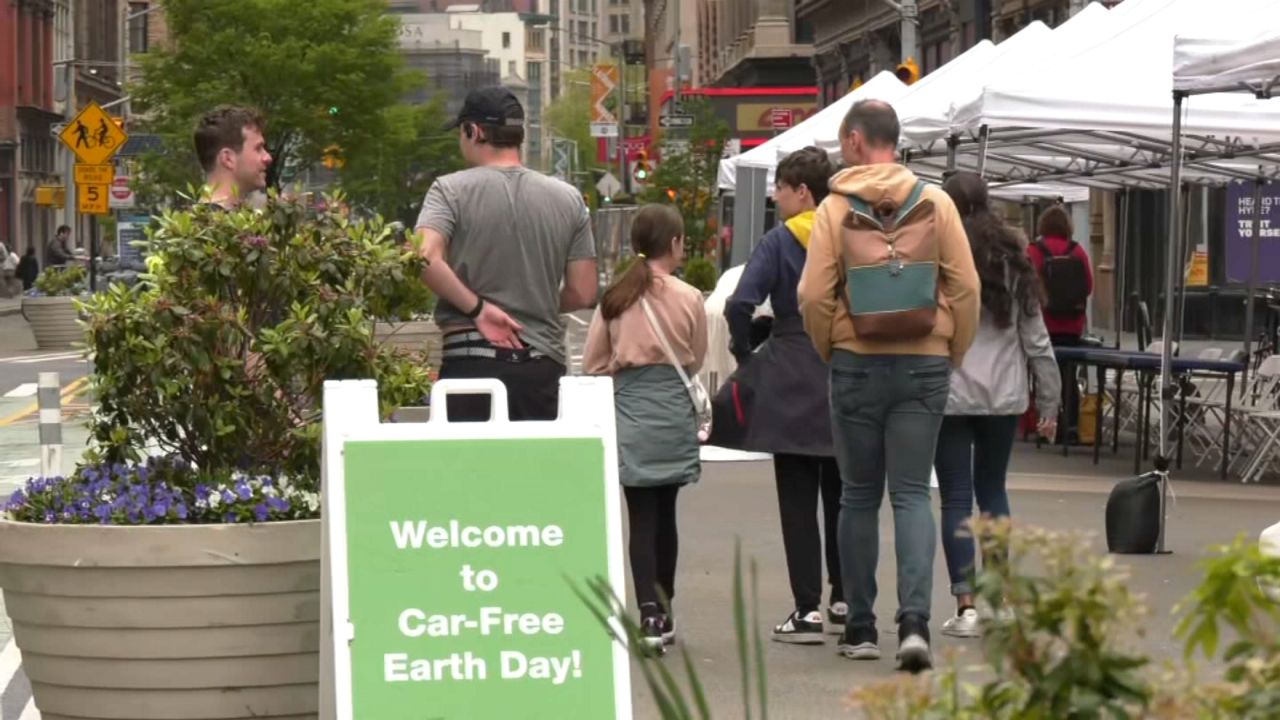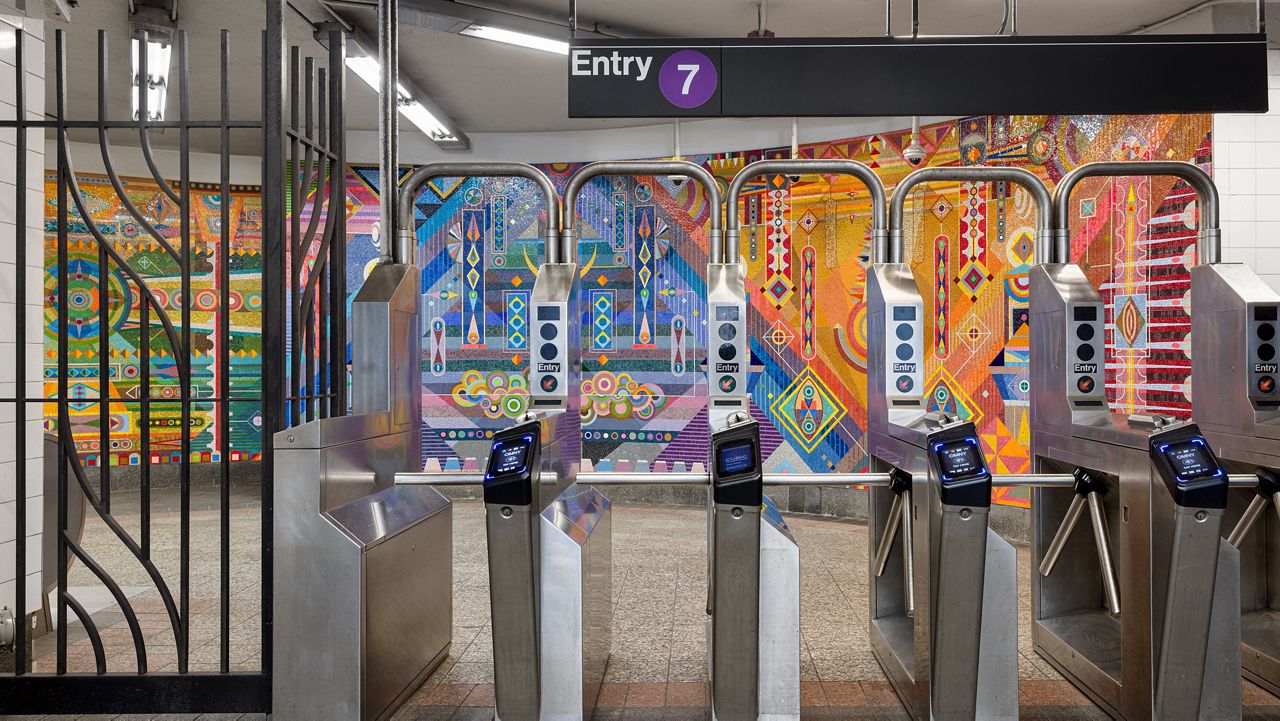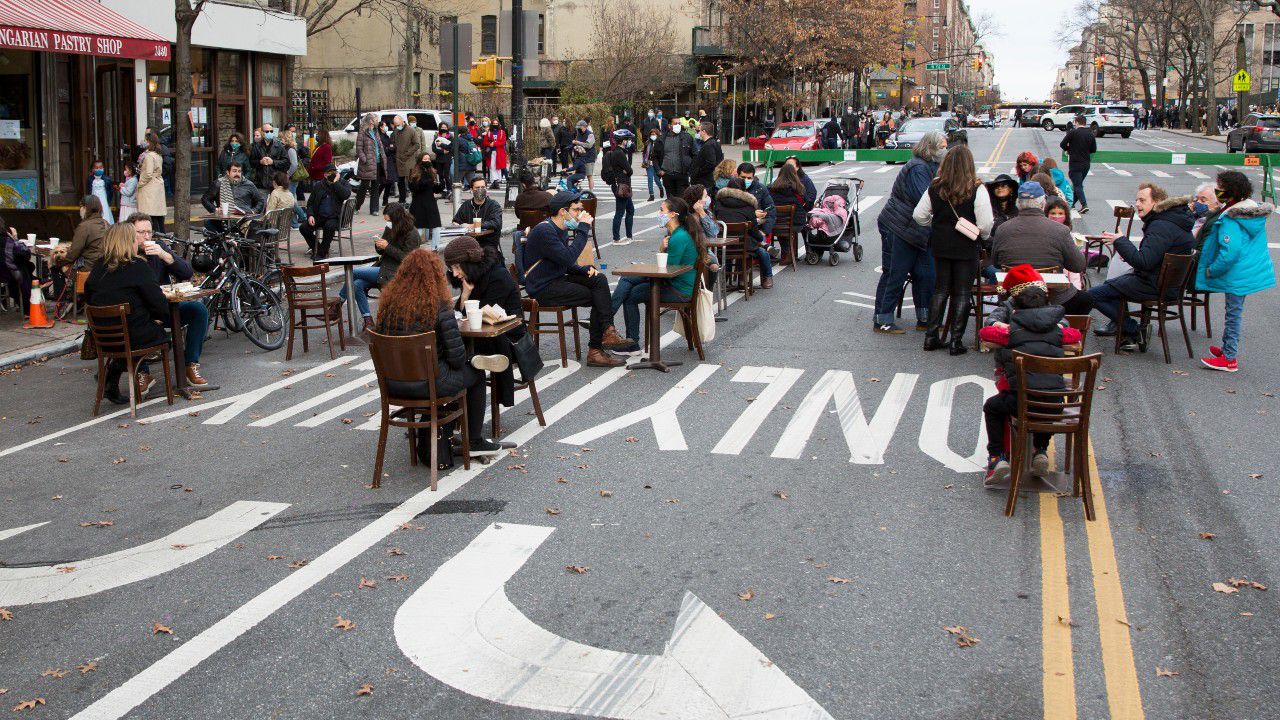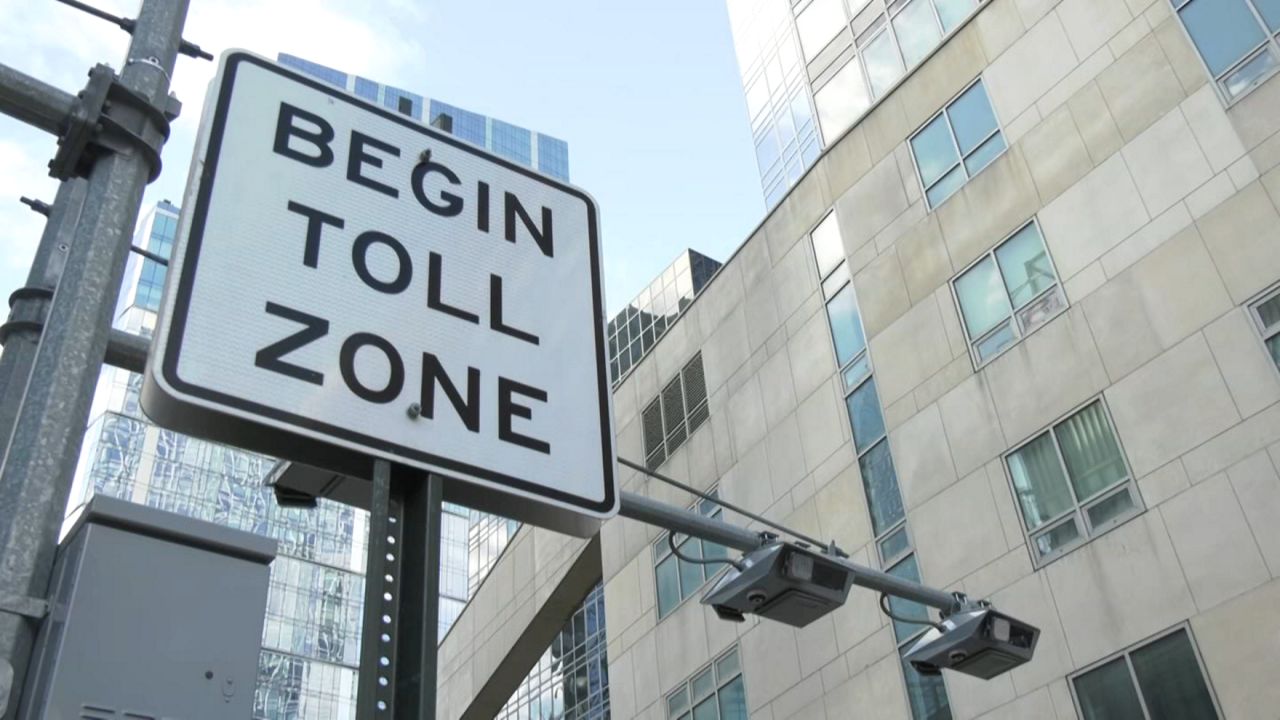One year ago riders of the 7 line were miserable—and for good reason: nearly half of all weekday trains ran late, making it one of the worst performing lines in the system.
What a difference a year can make.
New MTA numbers show 80% of the system's trains ran on time in April, the best performance in six years. But the turnaround is especially dramatic on the 7 line, which runs from Flushing, Queens to Hudson Yards on Manhattan's West Side. Its trains were punctual 89% of the time on weekdays, compared to just 57% a year ago.
“That is the benefit of modern signaling,” says Andy Byford, the president of NYC Transit.
The MTA spent nearly $600 million replacing the century-old signals on the 7 line with a computerized system that allows trains to run faster and closer together.
The project was completed in January, years behind schedule and well over budget, but it is delivering on its promise of more reliable service.
“The trains are frequent enough, I never have to really wait more than 10 minutes, but when the trains do come they can be very crowded," said one rider.
Not all straphangers are cheering, though. Some say the line still has a long ways to go.
"You know, it's fairly reliable, but there is still delays and there's still everything else that goes on,” said another rider. “I don’t see any significant difference."
The 7 line’s performance in April was second only to the L line, which was the first to get the new signal technology. In all, on-time performance improved on 16 of the 21 main subway lines last month, with the numbered lines generally performing better than the letter line.
Byford credits the system-wide turnaround to a maintenance blitz, a reduction of track fires and a system-wide review to see where speed limits can be raised.
"We are leaving no stone unturned in looking for further ways to improve the performance of the subway, including looking at further ways to speed up the subway," Byford says.
If those modern signals can be installed system wide, MTA officials believe that a 90% on-time rate is possible on every line.
By one estimate, it could take 40 years to modernize all of the signals. Byford says he thinks he could do it in a decade, if the MTA is given the money.









